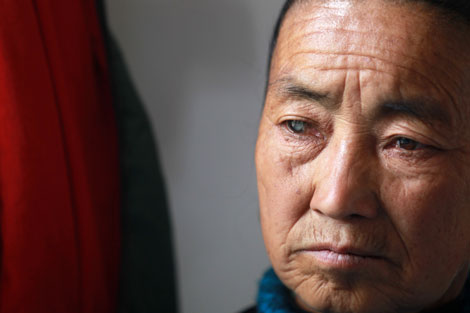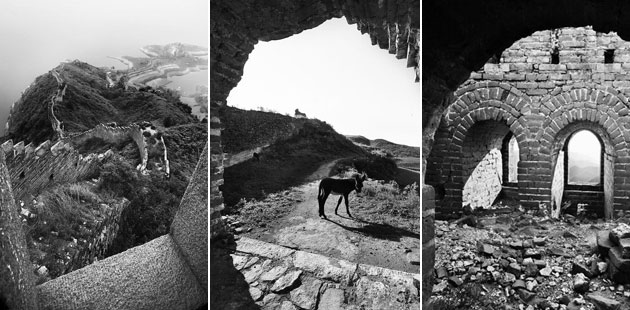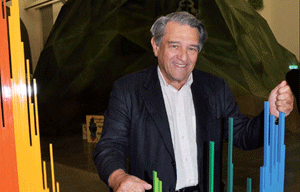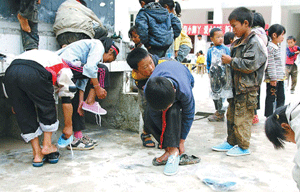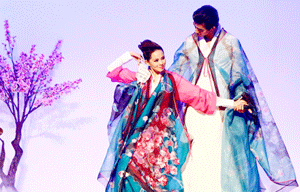Changing frames
Updated: 2011-11-21 09:22
By Liu Lu (China Daily)
|
|||||||||
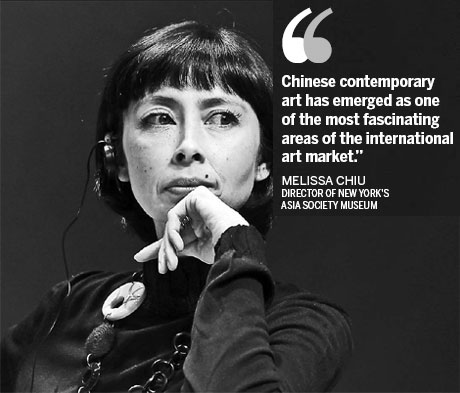 |
|
Melissa Chiu visits Beijing to attend the recently concluded US-China Forum on the Arts and Culture. Zou Hong / China Daily |

Asian contemporary art is undergoing a transformation, the genre's first US curator says. Liu Lu reports.
The first contemporary Asian art curator in the United States says the genre, and particularly its Chinese offshoot, is undergoing transformation. Melissa Chiu, who has been the director of New York's Asia Society Museum since 2004, points to changes in styles, media and identity reflected in the market.
Among the most important of these are contemporary Chinese artists' bases of operation, she says. Chiu points out many artists who had moved to North America and Europe in the 1980s are returning to their homeland.
"When they left China, I don't think they ever thought they would come back," the 39-year-old says.
"But when the circumstances changed so much here in China, they all want to experience China for themselves and to experience the change. For many, moving back has given them great career success."
Simultaneously, Chiu points out the differences between contemporary Chinese artists working in their homeland and in host countries are becoming blurrier, especially compared to the period of the starkest contrast in the early 1990s.

The curator, who has hosted exhibitions of the genre for about a decade, believes this is because more Chinese are going abroad and communicating with the outside world.
And the art they create is becoming more internationalized as global influences are seeping into its manifestations. This is sharpening its competitive edge in the global market, Chiu says.
"There are many artists here in China who want to portray either social issues or their experiences in a new form or a new way," she says.
"That's the work that people find most interesting."
And China has been developing a more diverse plethora of artistic practices while enhancing its museum infrastructure.
But art criticism hasn't kept pace with the rate of change, Chiu says.
"When people in China talk about artists, more often (than not) they talk about the price of artworks and how an artist performs within the auction sales," Chiu says.
"In places like the United States, this also exists, but alongside other forms of value. So an artist in New York who has not sold a lot of his works may still be invited to exhibit in many museums, on the same standing as artists who sell more work."
A major media trend within the genre is a new emphasis on videography, Chiu says.
She believes contemporary Chinese artists are increasingly using technology not only as a tool but also as an innovative means of chronicling China's constant changes.
This is happening as the world is paying more attention to the country, she says.
"People have become much more interested in Chinese contemporary art, because they have also become much more interested in China," Chiu says.
"There have been a number of Chinese artists over the past 10 years who have gained much greater international recognition, which also allows people in the US to see Chinese contemporary art in a new way."
Chiu's personal interest in contemporary art was strong long before the market was.
She was born in Darwin, Australia, to a Chinese father and an Australian mother, and became fascinated by Chinese art in her childhood.
This interest propelled her studies and led her to earn her PhD in contemporary Chinese art. Chiu has coordinated more than 30 exhibitions at the Asia Society Museum, a number of which were of art from China.
She also regularly lectures on the genre at universities, including Harvard, and has published several books on Asian art, including three devoted to contemporary Chinese art.
"Chinese contemporary art has emerged as one of the most fascinating areas of the international art market," she says.
"No one knows how Chinese contemporary art will influence the world marketplace. However, I think there is growing recognition that good art is not only produced in Europe and US but also produced elsewhere."



